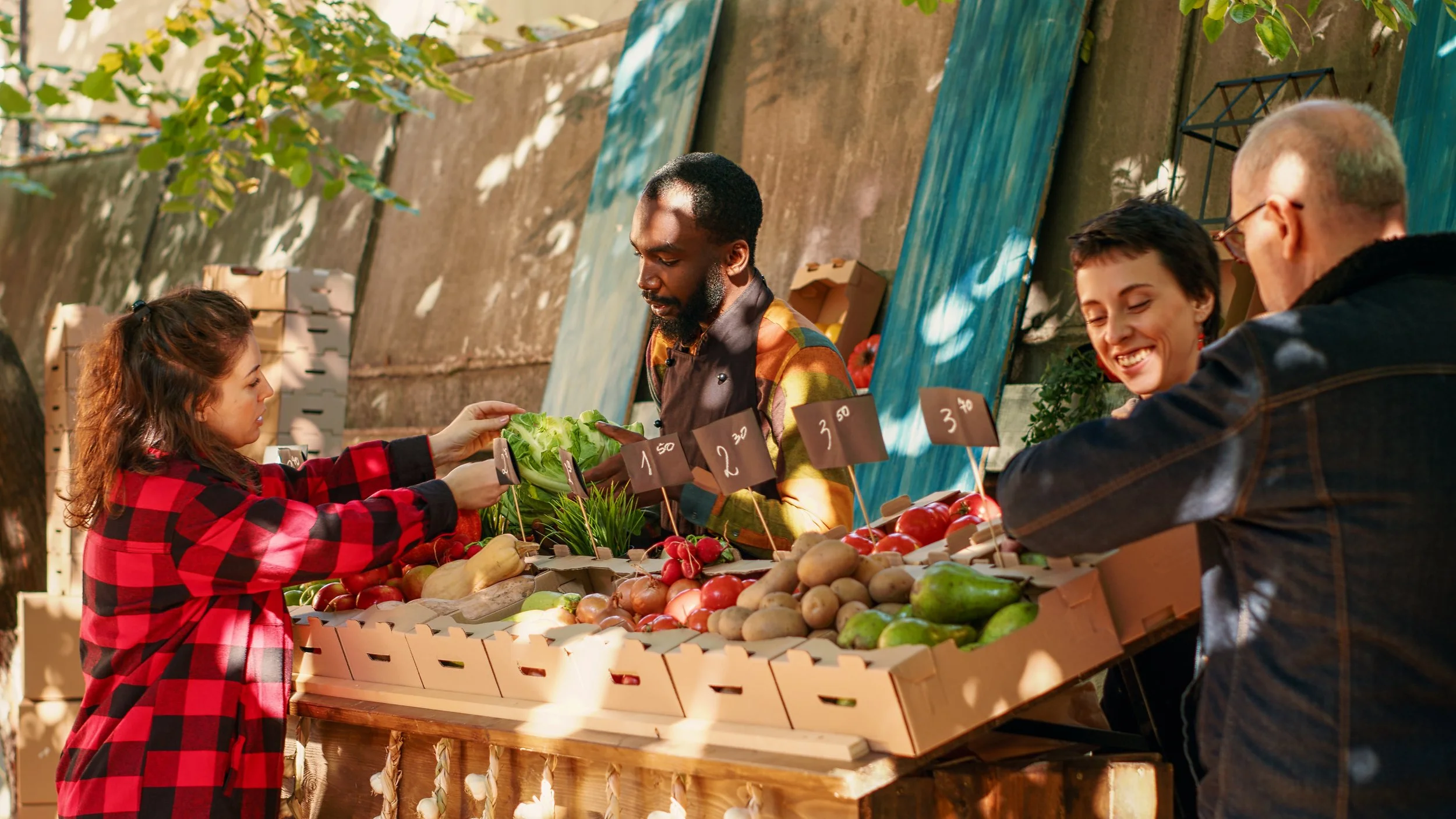How Do We Collectively Diversify Our Seed And Food Varieties—A Beginning…
A shift towards more biodiverse and resilient food systems begins right here with awareness, sharing and community. Seed and food biodiversity is imperative for our soil and human health. Diversification in sowing, growing and eating a more comprehensive range of produce & medicinal's improves the resilience and strength of our seed and food supply while aiding in the building of local eco-systems and ensuring the improvement of a vast range of microbiology (microbiome) expansion for soil & humans alike. The more biodiverse plants we grow, eat and live with, the better for all life.
It truly starts at home, in our hearts, daily actions, and choices. So how do we begin?
1. Every year, sow a few new varieties of seeds.—Search out and choose a unique heirloom, ask seed suppliers and growers for some rare and native seed varieties. Try your hand at learning landrace gardening to produce more diversity in your seed saving and breeding. Save a section in your garden for experimentation with new varieties or interplant them with your favourite staple foods grown yearly.
2. Try new produce and herbals from local growers & markets.—Going to new markets is a great family fun activity. When exploring new markets near you, talk with the local growers/farmers, ask questions, ask for their unique crops, and show interest in trying something new to you. If the grower only has very common varieties, interest from consumers drives growth, so continue to plant those seeds of interest and make suggestions.
3. Seek out edible native plant species in your area—Lack of seed & plant knowledge is our biggest hurdle to growth & change in the beginning. To expand your plant wisdom, try going to a local plant nursery for in-person education. Most have highly educated individuals who can answer questions or free classes to join. Ask to learn about native plant varieties you can plant that will thrive in your microclimate. Another great option is to join a nature walk with a local foresty educator to learn of species in your nearby forests and yards.
4. Regularly eat and expand your palate/taste buds—It's a fact that it takes time for taste buds to adapt to new foods and flavours. Be open to adjusting to more bitters and more pungent unique tastes. Give yourself more than one or two tries at incorporating new foods. As we eat more diverse food, our preference for it also adapts. Focus on eating for diversity, as many varieties as possible, for greater health.
5. Learn the history and lineage of seed/food—The best place to start is at home with our elders, loved ones and neighbours. Learn about your own cultural seed/food heritage and background. Next, expand to the many incredible cultures around the world. We are here from generations of seed stewards and earth caretakers. Their passed-down experiences in food and seed-growing choices matter now more than ever!
6. Community collaboration is our way forward—Wisdom sharing, trade between growers, local seed producers, farmers, consumers, on-site researchers, organic food processors, holistic educators & sellers. We must form inter-connected networks to uplift and support every aspect of our seed and food production and trade. Who can you reach out to collaborate and support?
7. Awareness is essential—This is a worldwide community & cultural change we all must take together in our day-by-day choices. We must continue to inspire one another and spread awareness by having friends and family over to try growing new seeds you've saved and eating new food varieties you cook together. Be adventurous together. In celebration and joy, we expand and grow faster and easier. Make it fun!
8. Education is needed —As a grower, farmer, or consumer, take a class, and talk to your community about diversifying your local seed crops. As a growing co-op or network, hire an agroforestry, permaculture or regenerative farming educator; start by asking how we can learn and grow together locally. Group learning often comes with a discount. Thousands of educators are actively looking for a group willing to learn and expand. With a global community needing change, active participation is necessary. Start small, grow slow & steady and involve and educate as many as possible.
9. Marketing will matter—For home growers trading food to market growers selling at farmer's markets, and organic farmers, good clear visual communications make a difference in sales and education. Small educational signs "Ask us about…" or "Did you know?" or "Have you tried this unique variety…." These suggestions on using new produce or seed can go a long way. Give some history, culture, story and example of how to use it online and in-person conversation.

